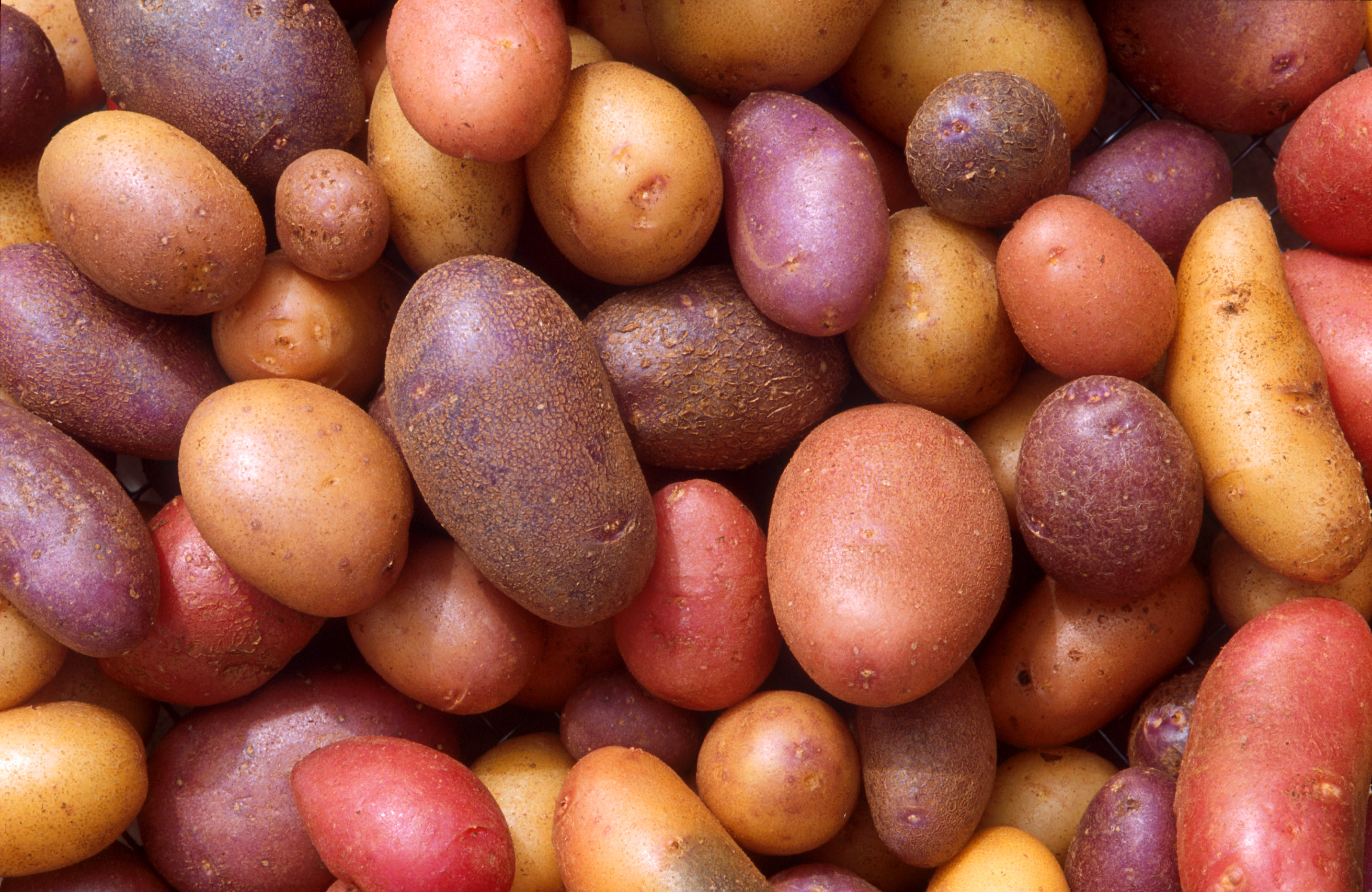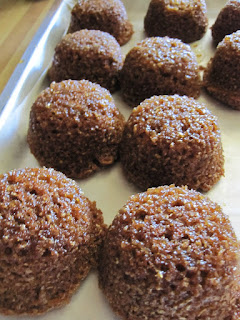I have always been fascinated by Great Britain. I love the literature, the climate, the costume dramas... and, of course, the food. While British food, in general, might be a little on the bland side, they definitely know how to make buttery, delicious breads. Though, I do have to note, that a lot of the good British things came from Scotland.
Today, I'm making scones. But not just any scones. Cranberry Cream Scones.
***
2 cups all-purpose flour (I made these with 1.5 cups all-purpose flour and 1/2 cup whole wheat flour)
4 teaspoons baking powder
3/4 teaspoons salt
1/3 cup sugar
4 Tablespoons butter
2 Tablespoons shortening
3/4 cup cream
1 egg
1/4 cup dried cranberries
Preheat oven to 375 degrees.
Cut butter into small cubes and chill. In a medium bowl, mix the flour, baking powder, salt and sugar. Add chilled butter and shortening, mix until it looks like mealy. I use a pastry blender, but you can also squeeze the butter into the flour with your fingers.
In a separate bowl (I use a measuring cup) mix the cream and egg (beat them together), then add to the flour mixture and stir in the fruit. Turn the dough onto a floured surface. Gently knead once or twice to make sure the cranberries are evenly distributed. Roll out to about 1/2inch thick and cut into biscuit sized rounds. You can make them pretty much any shape, they puff up the best if they have a cut edge rather than just spooning them down.
Bake for 15min until golden brown and delicious.
***
These delicious scones go amazingly well with clotted cream and honey. They are a perfect match with tea. And I have made them with about 2 Tablespoons of chopped up candied ginger and they're awesome. I used the same recipe to make plain scones (leave out the cranberries) and cheese, chive & garlic scones - I kept the sugar in, but you could leave it out to make them more savory.
At some point in the near future, I will probably try making them with protein powder, since I have been trying to figure out some way of taking protein after workouts that doesn't involve chugging a shake.
(citations: Wikipedia, Alton Brown via Food Network)













